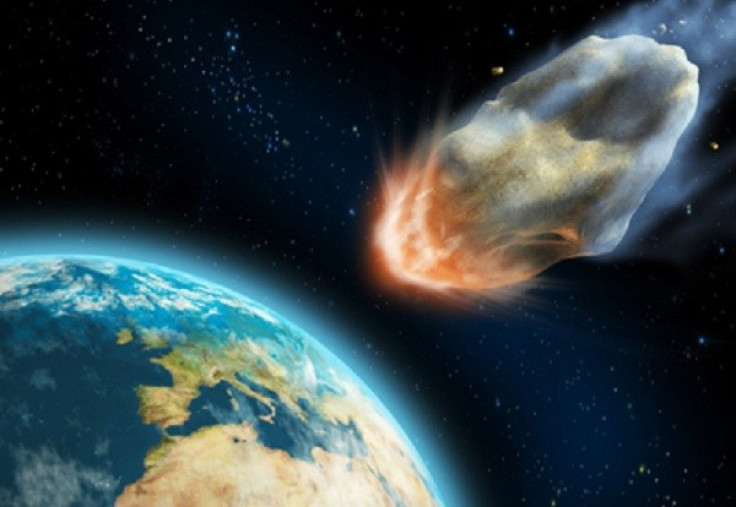Massive Asteriod to Pass Nearer than GPS Maps Satellites

Planet earth will have a close shave with an alien object when a huge asteroid comes closer than many satellites, later this month.
But don't panic because experts predict the enormous lump of space rock named 2012 DA14 will not smash into our world. If it did, the impact would be the equivalent of a staggering 2.5 megatons of high explosive TNT.
2012 DA14 will be the biggest ever object of its size to pass so close. At just 21,000 miles, It is even nearer than the GPS satellites which power modern maps on mobile phones.
The asteriod is travelling at 17,450 mph and shall pass earth on February 15.
That will be close enough for earth's gravity to tug it towards the planet and increase its speed, but the trajectory of the half football pitch-sized object will ensure it does not plummet to earth and wreak unfathomable destruction.
The last time an asteroid of a similar sized to 2012 DA14 hit earth was 50,000 years and the impact completely destroyed everything within a 50 mile radius. The crash site in Arizona, the United States, is today named the Meteor Crater. That pre-historic rock was made of metal, whereas this new rock is stone, believe experts.
In 1908, another similar sized object entered the atmosphere and then exploded in the sky over Tunguska, in Russia. Trees were flattened for 820 miles around the site.
The best place on earth to see 2012 DA14 will be Indonesia. Spotters in Australia, Asia and southern Europe should also be able to catch a glimpse of the asteroid by using binoculars.
NASA specialist Dr Don Yeomans said the United States space agency knew all about 2012 DA14, which was discovered last year. Using modern techniques it is possible for experts to track the path of asteroids 100 years into the future.
"We know exactly where it's going to go, and it cannot hit the Earth," he said. However, NASA experts cannot totally rule out the risk of 2012 DA14 wreaking destruction by hitting Earth. The chance is more than seven billion to one.
Asteroids are increasingly seen as key to mankind's future exploration of space. The martian lumps are chocked full of valuable natural resources which could fuel trips deeper and deeper into the solar system.
© Copyright IBTimes 2024. All rights reserved.






